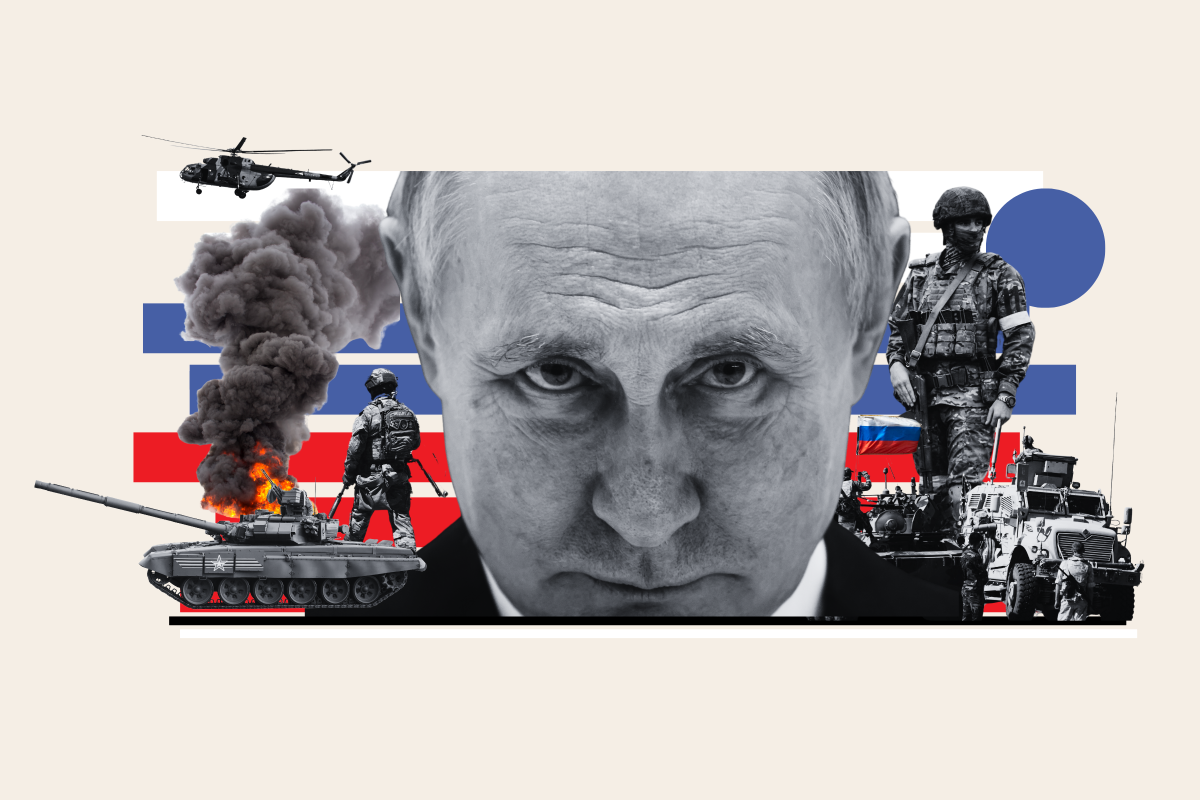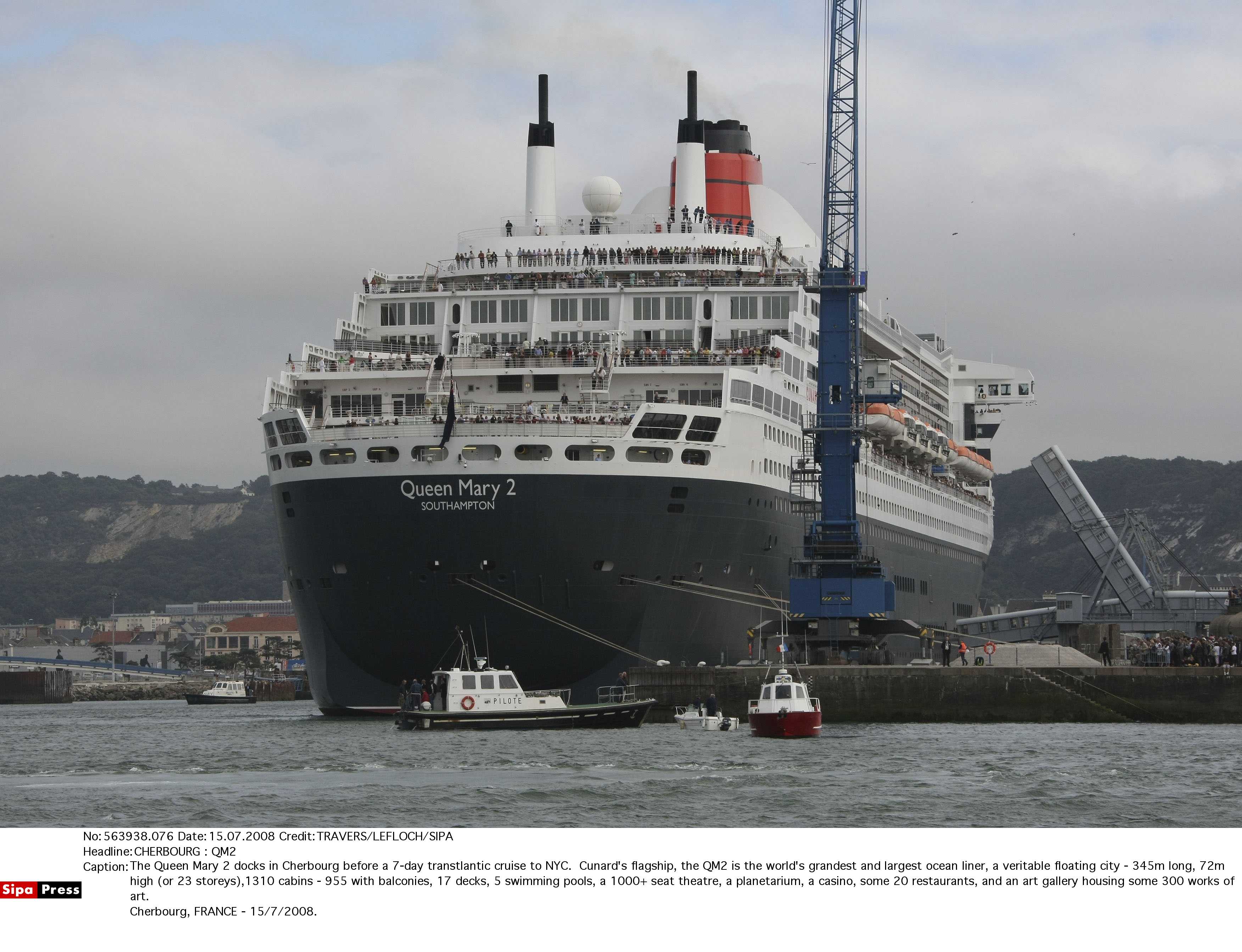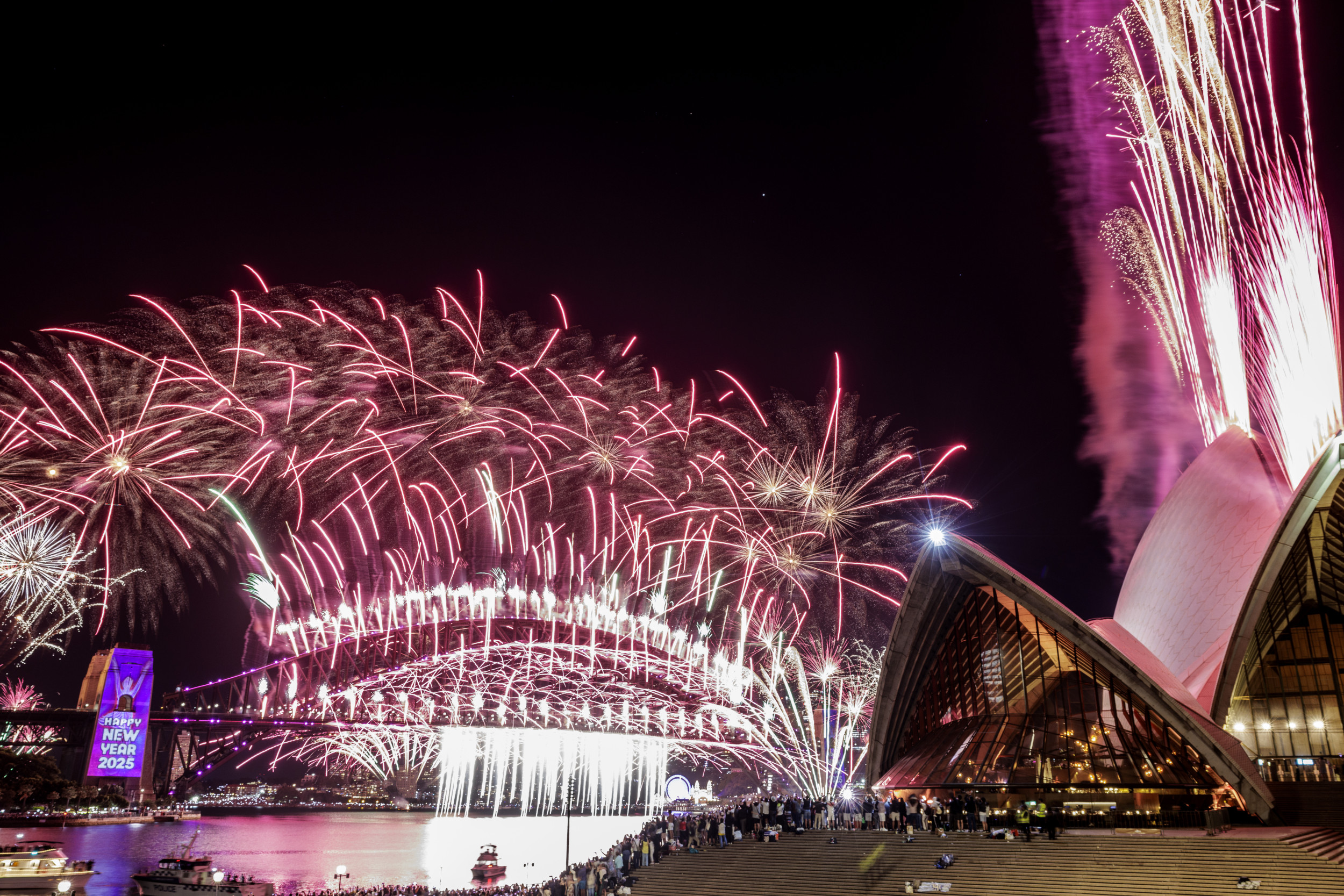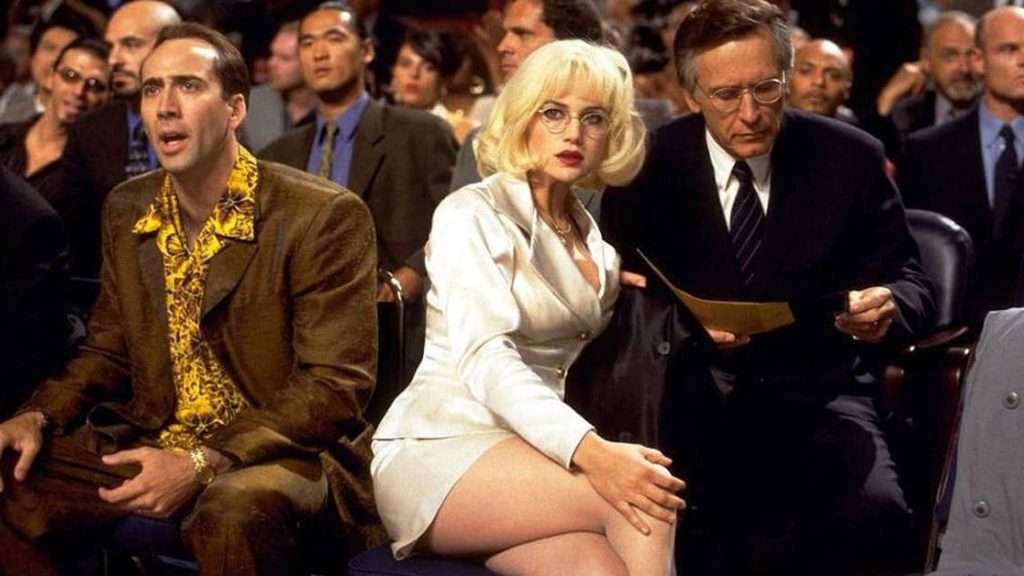Nearly three years into its full-scale invasion of Ukraine, Russia's military has taken painful hits, but has poured resources into making sure it can regenerate its military forces battling on the front lines in its neighboring country.
Kyiv has managed to put a real dent in Moscow's Black Sea Fleet, shoving many of Russia's assets further away from Ukraine's coastlines and forcing the Kremlin to relinquish its ability to use bases on the annexed Crimean Peninsula.
The war, which has afforded Moscow significant gains in the east of Ukraine throughout 2024, has cost Russia's land forces dearly. According to Ukraine's numbers, more than 780,000 soldiers have been killed or injured since February 2022.
Western estimates are slightly lower, but agree with Ukrainian assessments that Moscow's losses have hit their highest points this fall and into the winter in Ukraine.
At the start of December, Ukraine's government said Russia had lost $3 billion in weapons and equipment in November alone.
But its naval fleets deployed elsewhere around the world remain largely unscathed, although Ukraine has occasionally targeted Russia's navy in the Baltic Sea with sabotage efforts and in the Caspian Sea.
Back in April, the head of the U.S. Army in Europe, General Christopher Cavoli, said Russia had only lost around a 10th of its air force in Ukraine. Moscow's military has lost "no capacity at all" in some areas—including its strategic forces, space capabilities and long-range aviation, Cavoli told U.S. lawmakers earlier this year.

Hoping to offset significant losses, Moscow put its industry on a war footing, and is able to replenish much of the equipment it loses, although Western experts question the quality of the equipment now replacing losses sustained by Russia.
But the war has also been a crucible for new technology fielded for the first time as Moscow dedicates roughly 40 percent of government spending to its armed forces.
Missiles
In the early weeks of the war, Russia said it had used its Kinzhal missile for the first time in a strike on an arms depot in western Ukraine.
The Kinzhal, which is also known as the "Dagger," is a hypersonic ballistic missile which has since been used extensively against Ukraine. It was one of the "next-generation" weapons unveiled by Russian President Vladimir Putin in 2018, and is typically launched from modified MiG-31 fighter jets.
Nearly two years later, in early 2024, researchers in Kyiv said Moscow had used another "next-generation" missile against Ukraine, the Tsirkon. A Russian official said in mid-2022 that Moscow had finished testing the hypersonic Tsirkon, also referred to as the Zircon.
Hypersonic means that a missile can travel at least five times the speed of sound and is highly maneuverable.
In November 2024, Russia fired what it has described as a new hypersonic intermediate-range ballistic missile at a Ukrainian defense facility in the central Dnipro region. Ukrainian authorities initially reported an attack using an intercontinental ballistic missile.
Moscow said the Oreshnik, which translates to "hazel tree," can travel at 10 times the speed of sound, or Mach 10. Ukrainian officials said the missile that struck Dnipro reached Mach 11. Putin said in mid-December that Russia would start mass-producing the Oreshnik missile to "protect the security of Russia and our allies."
Russia has also started using ballistic missiles supplied by its allies, such as Iran and North Korea.
Moscow's military announced in late December that it was a new regiment would operate S-500 air-defense systems, which have been under development for years as the upgrade to the in-service S-400s. Ukrainian military intelligence said back in June that Russia had moved parts of the experimental system to Crimea.
Tanks and Armored Vehicles
Russia lost a significant number of its tanks and armored vehicles in the initial few months of its full-scale invasion. The British think tank, the International Institute for Strategic Studies, said in February 2024 that Moscow had lost more than 3,000 tanks in Ukraine, a number exceeding its inventory when it launched its invasion in 2022.
Russia was forced to lean heavily on tanks and armored vehicles from its vast, Soviet-era stockpile and pull equipment from storage. Moscow is known to have pulled tanks from museums, and packed antiquated vehicles with explosives to launch them toward Ukrainian forces.
The Kremlin also published a readout of a meeting between Putin and the head of Russia's largest film studio last month, in which the director-general admitted the studio had sent nearly 30 T-55 tanks, 8 Soviet-era PT-76 tanks, plus a handful of infantry fighting vehicles and trucks to the military to prop up the war effort.
"I knew that they needed them, so I got in touch with the defense ministry, and they took these vehicles," the long-standing head of Mosfilm, Karen Shakhnazarov, told the Russian leader.
But stockpiles are finite, and Russia has said massively upped its production of new armored vehicles and tanks. Western experts have been skeptical about the quality of these vehicles.
The war has also seen the brief introduction of the T-14 Armata, hailed as a "breakthrough" that was once labeled by a senior British army official as "the most revolutionary tank in a decade."
But the British Defense Ministry said in January last year that Russian forces deployed in Ukraine had been "reluctant to accept the first tranche of T-14 allocated to them because the vehicles were in such poor condition." The U.K. government described the T-14 as "dogged with delays."
Russian state media reported in April 2023 that the tanks had arrived in Ukraine, and within months, Russian state news agency Tass reported in August 2023 that the T-14 would be altered after experience in Ukraine.
There have also been more improvised changes to Russia's tanks. Pejoratively dubbed "turtle tanks," adapted tanks with bolted-on steel protection popped up along the front lines in eastern Ukraine this year.
Ukrainian fighters have also reported Russia using civilian cars and golf buggies to advance on the battlefield.
Drones
Ukraine and Russia have made huge advances in drone technology since February 2022, with both sides closely watched by the international community aware of how unmanned technology has reshaped war.
Moscow, like Kyiv, has used a broad range of drones that are updated and tweaked as often as every few weeks. These drones have been deployed across Russia's military effort, from reconnaissance to strikes on Ukrainian positions.
Among the most utilized of Russia's drones are the Iranian-designed Shahed strike uncrewed aerial vehicles, long deployed by Moscow against Ukraine. They make a distinctive low buzzing noise, and are relatively easy for Kyiv to shoot down once they are detected. But the hardest part tends to be spotting the drones in the first place, and Moscow has upgraded their designs several times, including painting them black for nighttime strikes.
Moscow and Kyiv have looked towards commercial drones, although Russia does still make use of military-grade drones like the Orlan and Lancet, noted Samuel Bendett, from the Washington-based non-profit for research and analyses, the CNA.
The general trend on both sides of the war has been to move away from expensive standalone drones, favoring a high number of cheap drones that can be "quickly put together, quickly fielded, and quickly lost," Bendett told Newsweek.
Russian and Ukrainian forces are also now increasingly using fiberoptic-controlled airborne drones to cut through heavy electronic warfare, he noted.
Russia is still playing catch-up in some areas of unmanned systems, like surface drones, ground drones and heavy multi-rotor drones, but is plugging away with their development, notably in the volunteer and private sectors, Bendett said.
Russia, following Ukraine's lead, has also announced it will form a dedicated drone branch in the military by the third quarter of 2025.
Jets
Russia has an extensive inventory of aircraft, from its newest stealth jets to its long-standing helicopters. According to Ukraine's numbers, Russia has lost around 369 aircraft and 329 helicopters. This could not be independently verified.
Ukraine's military intelligence agency said in June 2024 that it had struck one of Russia's vaunted Su-57 jets, also known by their NATO moniker, Felon, in what it described as the "first such case in history." The GUR spy agency said it had hit the Su-57 stealth fighter at the Akhtubinsk airfield, in the southern Russian republic of Astrakhan that sits hundreds of miles from the front line fighting.
Moscow has been keen to keep its top-of-the-line, fifth-generation Su-57 stealth jets far away from Ukraine's air-defense systems. Unlike other jets widely used in Ukraine, such as Russia's Su-35 aircraft, Su-57 fighters have not played a major role in the Kremlin's air presence in Ukraine.
Tactics and Structure
Russia's military tactics and strategy have evolved at different points in the war, but experts generally say Moscow has come to rely on infantry-led attacks, using high numbers of soldiers to overwhelm Ukrainian defenses bit by bit.
"Russia has started this war with many things Soviet-like," said Andrii Ziuz, a former chief executive of Ukraine's National Security and Defense Council and current head of technology at London-based company Prevail. "From tactics to weaponry."
"But they are learning fast, by changing the tactics and getting success in drones and radio electronic warfare," he told Newsweek, adding Russia's so-called "meat assaults" were paired with their air superiority and vast numbers of missiles.
The shape of Russia's military has changed and losses increased, with the Kremlin launching recruitment drives. Moscow has restructured its military to help its short-term requirements in Ukraine, as well as taking on longer-term reforms more targeted at NATO.
Moscow declared a partial mobilization in September 2022—the only such action the Kremlin has put into place throughout the full-scale war—calling up reservists into the military.
As well as pulling in reservists, Russia has used private military companies, or mercenaries, to varying extents throughout the war, although these have taken a backseat since the death of Yevgeny Prigozhin, the leader of the influential Wagner Group, and its aborted mutiny against the Kremlin in mid-2023.
Convicts incarcerated in Russia, or those otherwise sent to what are known as "punishment units" or "Storm-Z" squads, have been heavily involved in fighting. Russia has also had foreign nationals join up to fight on its behalf, offering what may be seen as competitive salaries and Russian citizenship. In the mix, too, are Chechen fighters under Putin loyalist Ramzan Kadyrov and, most recently, thousands of North Korean troops funneled into the southern Russian Kursk region to fight Ukraine's grip on Russian soil.




















 English (US) ·
English (US) ·